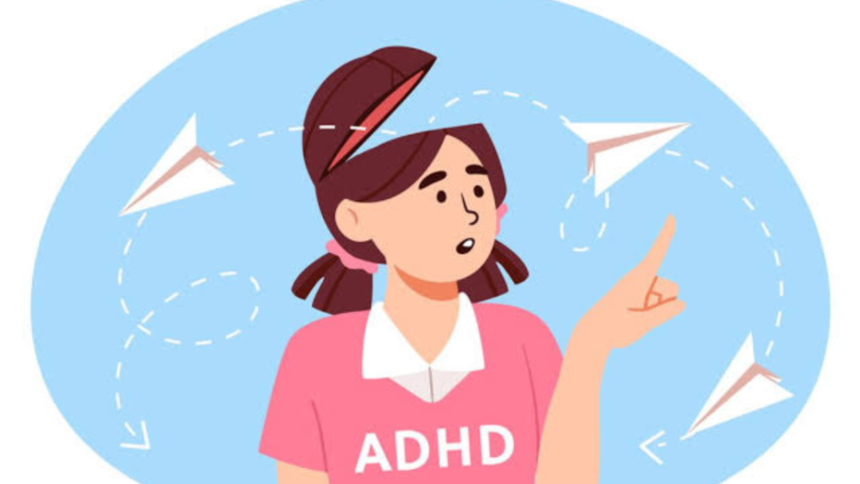We all get distracted sometimes. We forget where we placed our keys, space out during a meeting, or jump from one thought to another. But for people living with ADHD (Attention-Deficit/Hyperactivity Disorder), these everyday struggles aren’t just occasional—they’re part of daily life.
ADHD is often misunderstood, especially in adults. It’s not just about being hyper or “all over the place.” It’s a real, complex condition that affects how the brain manages attention, emotions, and behavior.
Let’s talk about it in a way that makes sense—no medical jargon, no judgment, just real talk.
What is ADHD, Really?
ADHD is a neurodevelopmental condition, which means it has to do with how the brain develops and functions. It usually begins in childhood, but many people don’t get diagnosed until later in life—sometimes not until their 30s or 40s.
It affects people in different ways. Some have trouble paying attention, others can’t sit still, and some deal with impulsive decisions or emotional ups and downs. Many experience all of these.
There are three main types:
- Inattentive Type – Often described as “spacey,” forgetful, or disorganized.
- Hyperactive-Impulsive Type – Fidgety, restless, talks a lot, often acts before thinking.
- Combined Type – A mix of both inattentiveness and hyperactivity.
Why It’s Often Missed—Especially in Adults
A lot of people with ADHD grow up hearing things like “You’re just lazy,” “You need to focus,” or “Why can’t you just sit still?” But these aren’t character flaws—they’re signs of an unrecognized condition.
Girls and women, especially, are often misdiagnosed or overlooked because their symptoms may not fit the “classic” image of ADHD. Instead of bouncing off the walls, they might quietly struggle with anxiety, overthinking, or difficulty staying organized.
Many adults only discover they have ADHD after their child is diagnosed—or after years of burnout and confusion finally lead them to seek answers.
Living With ADHD: The Real-Life Struggles
Living with ADHD isn’t just about having a short attention span. It can affect every part of life:
- Work: Difficulty staying on task, finishing projects, or managing time.
- Relationships: Miscommunication, forgetfulness, or emotional intensity.
- Self-esteem: Years of being misunderstood can take a toll on confidence.
And yet, many people with ADHD are incredibly intelligent, creative, and passionate. Their minds just work differently—and that’s not a bad thing.
Managing ADHD: There’s No One-Size-Fits-All
There’s no cure for ADHD, but there are many ways to manage it. What works for one person might not work for another. It’s about finding the right balance.
Here are a few tools that help:
- Therapy or ADHD coaching
- Medication, under a doctor’s care
- Daily routines and reminders
- Using timers, planners, and to-do lists
- Mindfulness and exercise to calm the mind
Support from family, friends, or online communities can make a big difference too.
The Strengths of the ADHD Brain
Let’s be clear: ADHD isn’t all struggle. It comes with some amazing strengths. People with ADHD often:
- Think creatively and solve problems in unique ways
- Bring high energy to their passions
- Notice details others miss
- Are spontaneous, adventurous, and full of new ideas
With understanding, support, and the right tools, people with ADHD can thrive—and even turn their differences into superpowers.
It’s Time We Talk About ADHD Differently
If you’re reading this and seeing yourself in these words, you’re not alone. ADHD is more common than many realize, and it’s okay to ask questions, seek help, or just give yourself a little more kindness.
The more we talk about it openly and without shame, the more we create a world where people with ADHD are seen, heard, and supported—not judged or left behind.
Your brain may work differently—but that doesn’t make it wrong.








